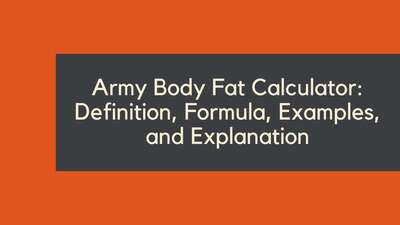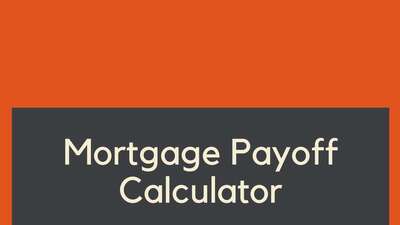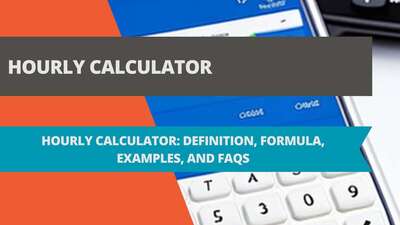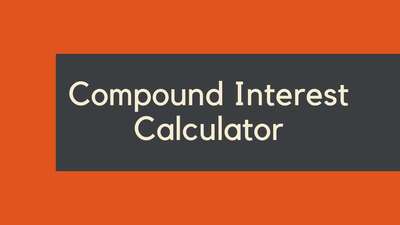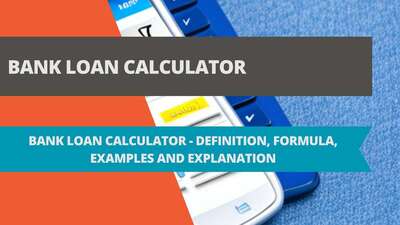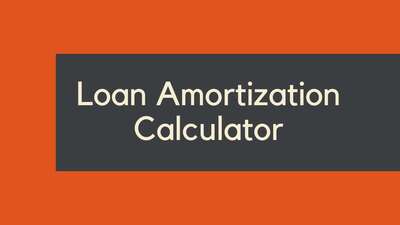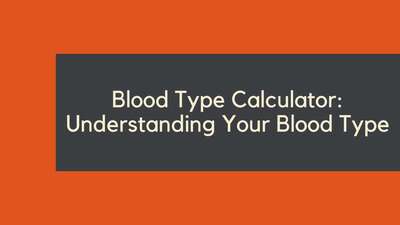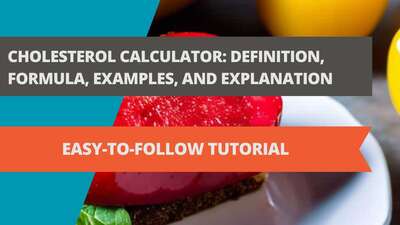Scientific Calculator

- Introduction: The Age of Calculations
- Defining the Scientific Calculator
- The Formula of Scientific Calculators
- Examples of Scientific Calculators
- Explanation of Scientific Calculators
- Unraveling the Capabilities of Scientific Calculators
- Basic Arithmetic
- Advanced Mathematical Functions
- Trigonometry
- Statistics
- Additional Advanced Features
- FAQ: Frequently Asked Questions
- What is the difference between a scientific calculator and a graphing calculator?
- What are some advantages of using scientific calculators?
- How do I use a scientific calculator?
- Can I use a scientific calculator in exams?
- The Evolutionary Tale
- Features of Modern Scientific Calculators
- Applications Across Domains
- Conclusion
Introduction: The Age of Calculations
The era of computations has been long-standing, evolving from rudimentary counting techniques, to the invention of the abacus, and finally, the scientific calculator. In our current age, a myriad of problems we face requires complex calculations - be it predicting weather patterns, designing architectural marvels, or decoding the human genome. The scientific calculator stands as a beacon of precision and speed in this quest for answers.
But what exactly is a scientific calculator? How does it differ from the calculators we use for daily chores or grocery shopping? Dive in as we explore the depths of this incredible tool.
Defining the Scientific Calculator
At its core, a scientific calculator is a device that allows users to perform not just basic arithmetic, but also a gamut of complex mathematical functions. These range from logarithms, trigonometry, calculus, and many more. Over the years, these calculators have become sophisticated, incorporating the latest technological advances to offer myriad features.
The origin of these devices can be traced back to the mid-20th century, where they emerged as a groundbreaking tool, replacing slide rules and facilitating more accurate and efficient calculations. The decades that followed saw an explosion in their capabilities, design, and accessibility.
A scientific calculator is a tool that enables users to perform complex calculations and operations. These calculators have various functions that make them suitable for use in fields such as engineering, science, and mathematics.
In this article, we will explore the definition of scientific calculators, their formulas, examples, and frequently asked questions (FAQ). We will also provide you with links to relevant .gov and .org resources to help you learn more about scientific calculators.
A scientific calculator is a type of electronic calculator that has advanced functions for solving scientific, engineering, and mathematical problems. These calculators can handle complex mathematical operations such as logarithms, trigonometric functions, and exponential functions.
Scientific calculators are used by professionals such as engineers, scientists, mathematicians, and students. They are also used in the fields of physics, chemistry, and biology.
The Formula of Scientific Calculators
The formula used by scientific calculators varies depending on the function being performed. However, some of the common formulas used by scientific calculators include the following:
- Trigonometric functions such as sine, cosine, and tangent
- Exponential functions such as e^x and 10^x
- Logarithmic functions such as log and ln
- Statistical functions such as mean, median, and standard deviation
Scientific calculators can also perform basic arithmetic functions such as addition, subtraction, multiplication, and division. They have memory functions that enable users to store values for future use.
Examples of Scientific Calculators
Here are some examples of scientific calculators that are commonly used:
- Texas Instruments TI-84 Plus CE Graphing Calculator
- Casio fx-115ES PLUS Scientific Calculator
- HP 35s Scientific Calculator
- Sharp EL-W535TGBBL Scientific Calculator
- Canon F-792SGA Scientific Calculator
These calculators have various features that make them suitable for use in different fields. For instance, the Texas Instruments TI-84 Plus CE Graphing Calculator is ideal for use in graphing functions, while the Casio fx-115ES PLUS Scientific Calculator is suitable for use in scientific and engineering calculations.
Explanation of Scientific Calculators
Scientific calculators have various features that make them different from basic calculators. These features include:
- Trigonometric functions such as sine, cosine, and tangent
- Exponential functions such as e^x and 10^x
- Logarithmic functions such as log and ln
- Statistical functions such as mean, median, and standard deviation
- Memory functions for storing values
- Graphing functions for plotting graphs
These features enable users to perform complex calculations and operations. For instance, the trigonometric functions can be used to solve problems in geometry and physics, while the statistical functions can be used in data analysis.
Unraveling the Capabilities of Scientific Calculators
Scientific calculators are powerful computational tools designed to assist in a plethora of mathematical and scientific endeavors. Their capabilities extend far beyond basic arithmetic, making them invaluable assets for students, engineers, scientists, and professionals alike. Let's delve into the myriad of calculations these versatile tools can perform.
Basic Arithmetic
At the foundation, scientific calculators excel at basic arithmetic operations. These include:
- Addition: Summing numbers.
- Subtraction: Finding the difference between numbers.
- Multiplication: Product of numbers.
- Division: Dividing one number by another.
- Square Roots: Determining the square root of a given number.
Advanced Mathematical Functions
Scientific calculators boast a suite of advanced functionalities tailored for complex mathematical problem-solving:
- Exponents: Raising numbers to a specific power.
- Logarithms: Calculating both natural (base e) and common (base 10) logarithms.
- Factorials: Calculating the product of all positive integers up to a certain number.
- Modulus: Determining the remainder of a division operation.
- Combinations and Permutations: Useful for probability and statistics.
Trigonometry
For students and professionals working with angles and triangles, scientific calculators provide:
- Sine, Cosine, and Tangent: Fundamental trigonometric ratios.
- Inverse Functions: Arcsine, arccosine, and arctangent.
- Hyperbolic Functions: sinh, cosh, and tanh, used in advanced mathematics and physics.
- Radian to Degree Conversion: Switching between these units of angle measurement.
Statistics
For data analysis and statistical computations, these calculators are equipped with:
- Mean and Median: Central tendency measures of datasets.
- Standard Deviation: Quantifying data spread.
- Linear Regression: Finding best-fit lines for data.
- Combinations and Permutations: Calculating possible arrangements.
Additional Advanced Features
Beyond the core mathematical functions, scientific calculators often come with supplementary features for specialized needs:
- Matrix Operations: Handling matrix addition, subtraction, multiplication, determinants, and inverses.
- Complex Numbers: Performing operations using complex numbers in standard or polar form.
- Constants: Built-in values like π or the speed of light for convenience.
- Conversion Tools: For converting between units, be it length, weight, temperature, or more.
In conclusion, scientific calculators are indispensable tools in the modern world, aiding in complex calculations across various disciplines. Their extensive range of features ensures they remain relevant and vital in the realms of education and professional work.
FAQ: Frequently Asked Questions
What is the difference between a scientific calculator and a graphing calculator?
While scientific calculators and graphing calculators share some similarities, they have some distinct differences. Scientific calculators are designed to handle complex mathematical operations such as trigonometric, logarithmic, and statistical functions. On the other hand, graphing calculators have more advanced features such as the ability to plot graphs, manipulate and analyze data, and perform calculus operations. They are more suitable for use in advanced mathematics, science, and engineering courses.
What are some advantages of using scientific calculators?
Scientific calculators have various advantages over basic calculators. Some of these advantages include:
- Ability to perform complex mathematical operations
- Accuracy and precision in calculations
- Memory functions for storing values
- Speed in performing calculations
- Ability to solve problems in different fields such as engineering, science, and mathematics
How do I use a scientific calculator?
Using a scientific calculator requires some knowledge of its features and functions. Most scientific calculators come with user manuals that provide instructions on how to use them. You can also find online tutorials and videos on how to use specific scientific calculators. It is essential to understand the basic arithmetic functions such as addition, subtraction, multiplication, and division before moving to more advanced functions such as trigonometry, logarithms, and statistics.
Can I use a scientific calculator in exams?
The use of scientific calculators in exams varies depending on the institution or exam board. In most cases, scientific calculators are allowed in exams that require complex mathematical operations. However, some exams may restrict the use of certain functions such as graphing or programmable functions. It is essential to check the rules and regulations of the exam or institution before using a scientific calculator.
The Evolutionary Tale
Before electronic calculators, professionals relied on mechanical tools and tables for calculations. The dawn of the electronic age in the 1960s brought the first scientific calculators. These devices, though rudimentary by today's standards, were revolutionary for their time.
Brands like Hewlett-Packard and Texas Instruments pioneered this evolution. The subsequent decades witnessed rapid advancements: solar power integration, multi-line displays, graphing capabilities, and even internet connectivity in some modern versions.
The 21st century introduced calculators with touch screen functionality, color displays, and the ability to run third-party apps, ensuring that these devices remain relevant in a constantly evolving technological landscape.
Features of Modern Scientific Calculators
The capabilities of modern scientific calculators far surpass their original counterparts. Here's a deep dive into some prominent features:
- Enhanced Display: High-resolution screens with color displays make reading easier and allow for graphing capabilities.
- Advanced Functions: Beyond basic arithmetic, these calculators handle matrix operations, calculus functions, and even script programming.
- Connectivity: Modern calculators can connect to computers, allowing for software updates and data transfer.
- Longevity: Powered by solar panels or long-lasting batteries, ensuring they're always ready for use.
- Storage: With internal memory, they can store formulas, equations, and calculation history.
- Customization: Some advanced models allow users to install third-party applications, making them versatile tools for various tasks.
Applications Across Domains
Scientific calculators transcend beyond academic usage. They're ubiquitous in various fields:
- Engineering: Integral for tasks ranging from circuit design to structural analysis.
- Sciences: For experimental design, statistical analysis, and data interpretation in fields like physics, biology, and chemistry.
- Finance and Economics: Useful for statistical analysis, forecasting, and financial modeling.
- Astronomy: For calculations related to celestial mechanics, light travel, and more.
Conclusion
Scientific calculators are essential tools for professionals and students in various fields such as engineering, science, and mathematics. They enable users to perform complex calculations and operations with speed and accuracy. Understanding the functions and features of scientific calculators is crucial in using them effectively. We hope this article has provided you with valuable information on the definition, formula, examples, and frequently asked questions about scientific calculators.





![Car Loan Calculator: Definition, Formula, Examples, and FAQs [2023 Guide]](/images/page/400/car-loan-calculator-13.jpg)



